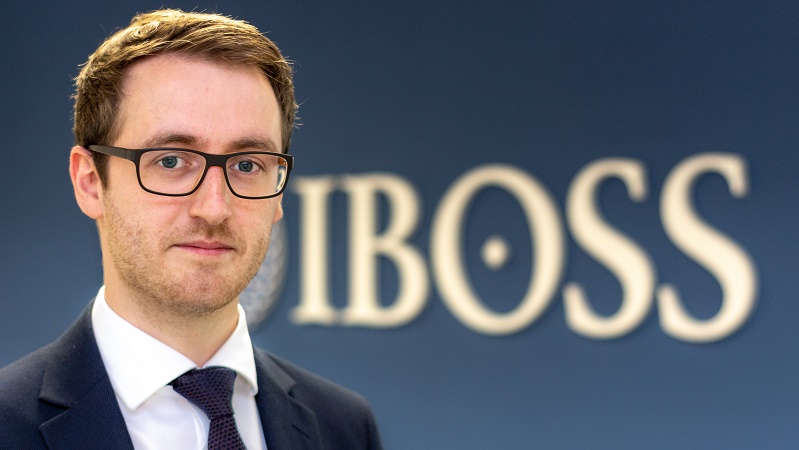We have written for some time about the potential pressure fund managers and investors are under to take positions in long-term trends. The outperformance of the US versus other geographies, technology vs other sectors, growth vs value and small caps over large caps have been long-term trends that have dominated performance and changed the shape of indices around the world.
Obviously “long-term” is a vague timeframe, but each of these investment biases has significantly outperformed over the last 10, five and three years, up until the end of September this year (see table below).
10-year performance drivers to 30 September 2018

On the whole, this year has been a continuation of the same trends, with only US markets delivering positive returns. Essentially, and this year in particular, investors have not been rewarded for taking a more diversified investment approach. In fact, the opposite has been the case.
We have been concerned for some time that fund managers are under increasing pressure to hold the same kind of stocks – ie some combination of the factors above – to generate performance. At the same time, indices naturally evolve to reflect the same view. There is potentially a good deal of risk here and it has become ever harder to diversify, and harder still to identify managers who have outperformed through any other means.
However, in October the drivers of performance were very different. The trends that had worked over such a long time period reversed, as highly priced assets fell relative to those that were out of favour. As a result, we saw the following reversals.
Value outperformed growth
First, despite value underperforming growth for more than 10 years, October’s correction saw value stocks re-rate much less severely than growth stocks (see chart below).

Technology underperformed other sectors
We have written at some length re the high valuations of technology stocks, specifically Faang stocks (Facebook, Apple, Amazon, Netflix, and Google). October’s correction saw technology stocks fall more than other sectors and with increased volatility (see chart below).

Smaller companies also underperformed
The outperformance of smaller companies relative to larger companies over the longer term is well documented and as we saw in October, larger companies have typically exhibited stronger defensive credentials in more difficult market conditions. Of particular note is the underperformance of Aim stocks compared with the wider UK equity market. Aim stocks returned -18% compared with the FTSE 100’s return of -6.78% through October and into November, with previously darling stocks such as Fevertree being significantly re-rated.

How does this affect us?
This swing in what did and didn’t work during October gives us the opportunity to find out which funds and fund managers had been taking advantage of these longer-term trends, and to identify just how prevalent these positions were within markets.
The change in performance drivers has been felt across equity markets but, in the interest of expediency, we will look at global equities where the best-performing funds quickly became the worst performing. To put this into context, eight of the 10 best-performing global equity funds over three years (and up to the end of September) were bottom quartile performers from October to 20 November (see table below).
Top 10 global equity funds over three years and in October

What is perhaps just as concerning is that the average performance of these funds through October and into November is -11.1%, which is significantly worse than the IA Global sector’s -6% over the same period.
The risk here is that if you are selecting funds based on performance alone then it is very easy to invest in a selection of funds which, when markets begin to falter, correlate highly with each other and provide no diversification just when it is most needed. There is a saying in markets: “Let the trend be your friend.” This is fine but you have to remain vigilant for trends breaking down.
There are a lot of longer-term trends pushing investors and fund managers into the same areas and the temptation is to reduce diversification in an attempt to boost returns. The issue here, however, is that this focus on a small subset of stocks and styles has bid up any assets that fulfill these narrow criteria.
As we saw in October, and continue to see, if there is a change in market conditions then the things that have worked over the last 10 years may not necessarily be those that work in the next 10.
Chris Rush is a senior investment analyst at Iboss







